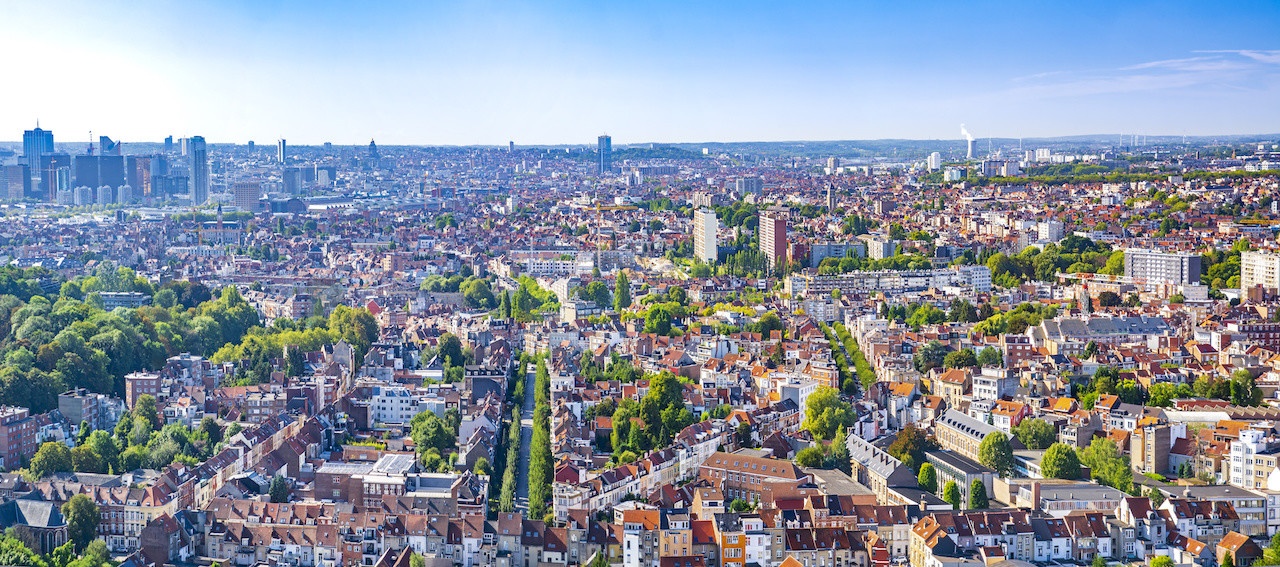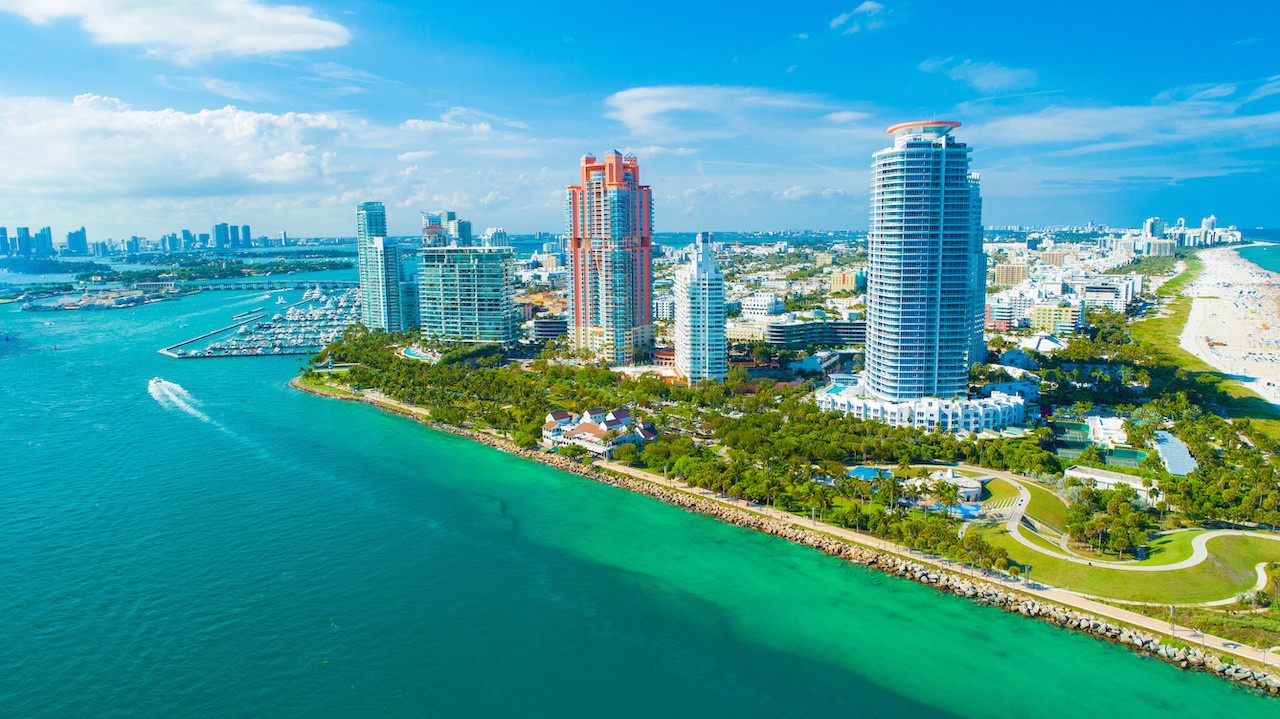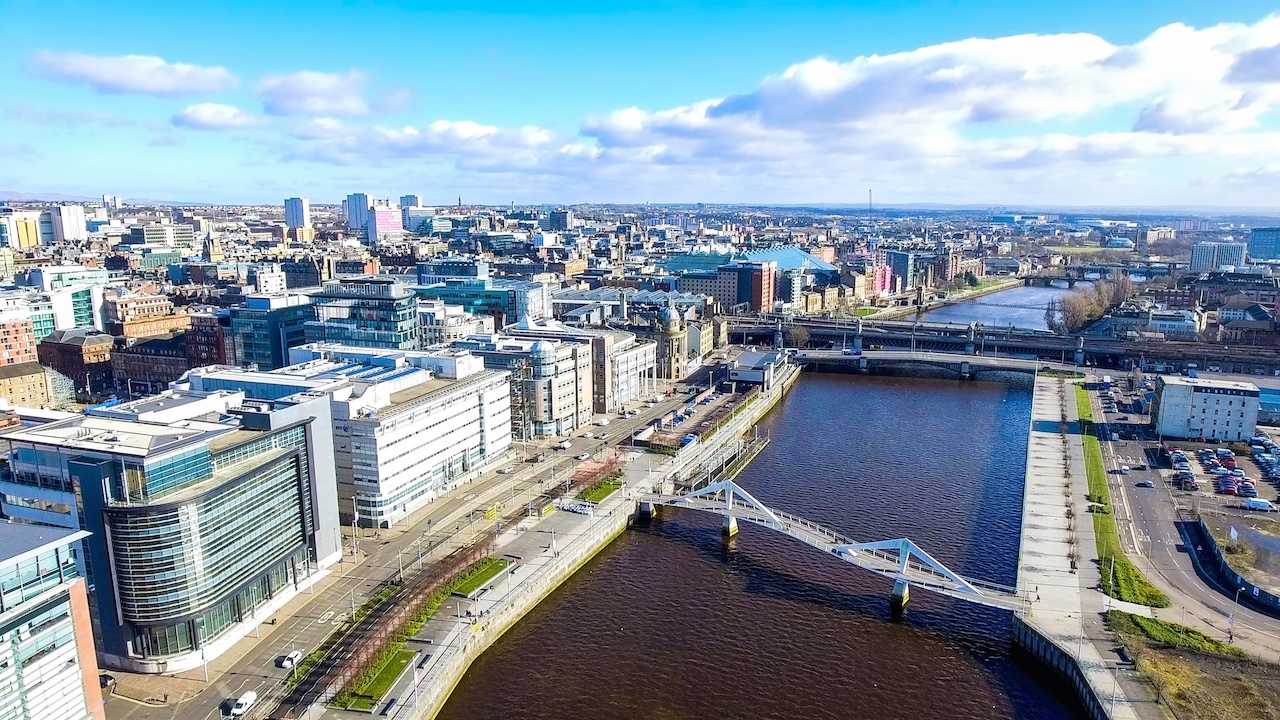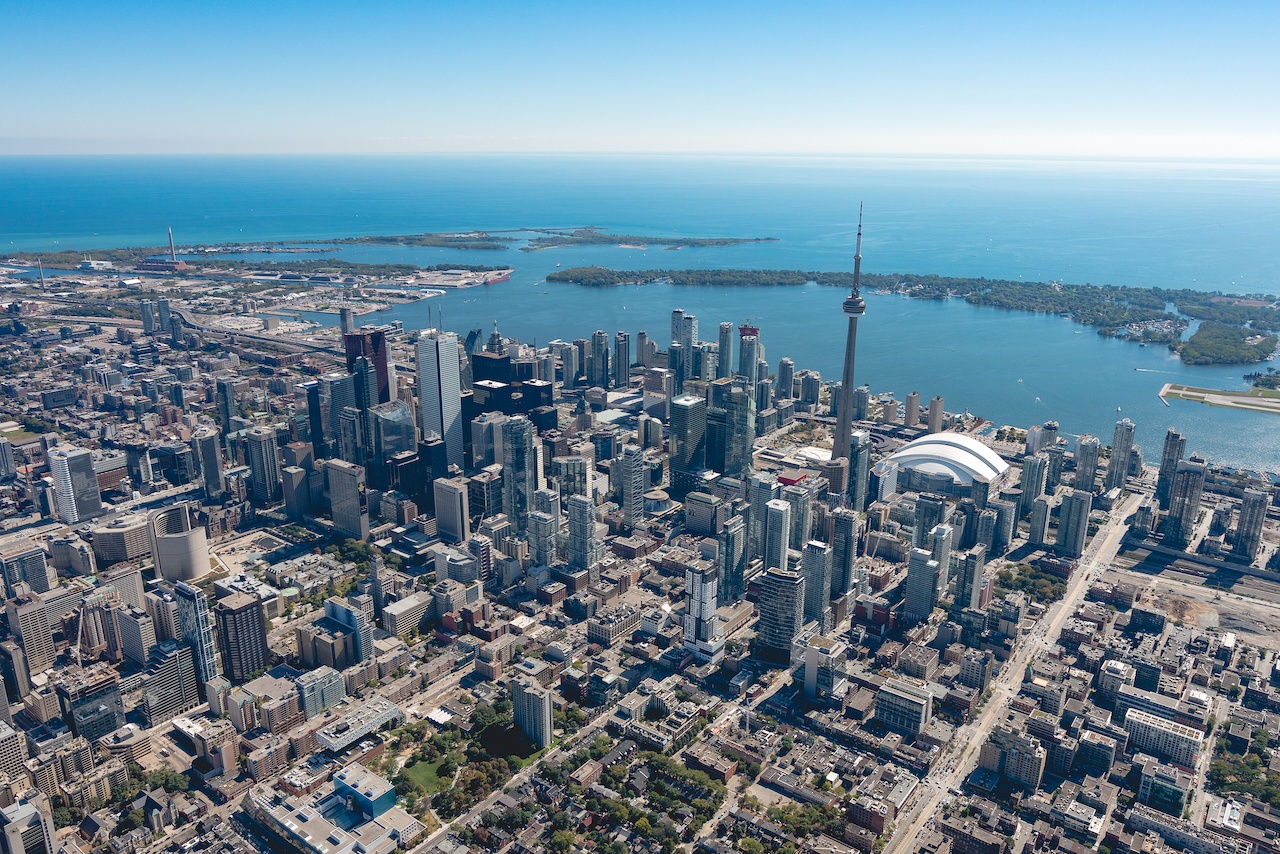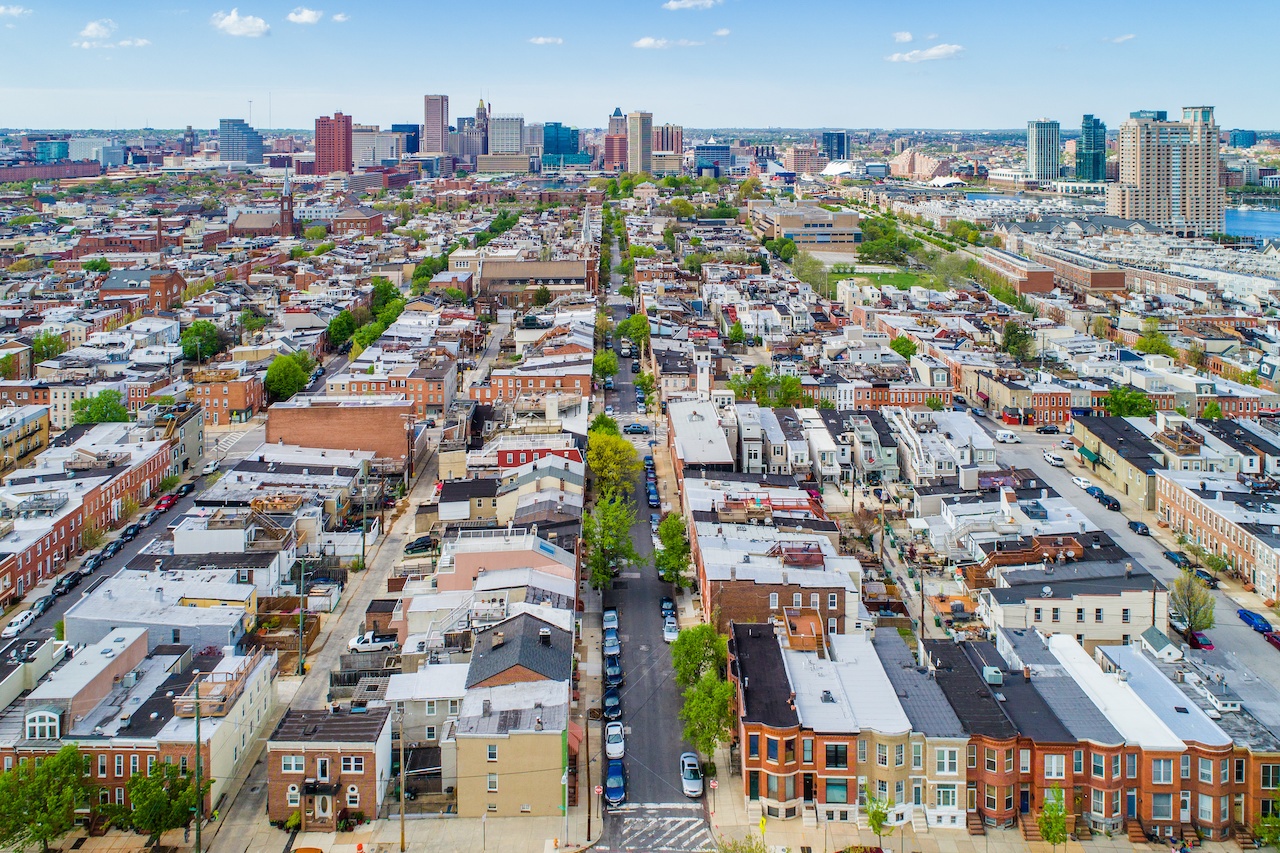Economy
A broad category of content focused on economic-related topics in cities.
Examples: jobs, finance, public-private partnerships, business management, inequality/poverty, budgeting, micro/macroeconomics
Planning for Arts and Culture in San Diego
The role of government, and the planning community, is perhaps to facilitate these kinds of partnerships and make it easier for serendipity to occur. While many cities mandate a portion of the development budget toward art, this will not necessarily result in an ongoing benefit to the arts community as in most cases the budget is used for public art projects versus creating opportunities for cultural programming.
Rather than relying solely on this mandate, planners might want to consider educating developers with examples and case studies about the myriad ways that artists can participate in the development process. Likewise, outreach and education for the arts community about what role they can play in projects may stimulate a dialogue that can yield great results. In this sense, the planning community can be an invaluable translator in helping all parties to discover a richer, more inspiring, common language.
The Blueprint for Community Business Success
There is a lot that a city leader can do just by being a vocal champion for entrepreneurship. Mayors uniquely understand their communities’ assets and are therefore in a position to communicate and advocate on behalf of the city’s entrepreneurs. Engaging entrepreneurs and regulators in focus groups, appointing a special city official or liaison to entrepreneurship, and requiring city departments to review procurement and contracting, are all cost-effective tools that mayors have at their disposal to reduce the barriers for entrepreneurs.
Insurance Companies in the New Mobility Service Market
MaaS can create new channels and business opportunities for insurance companies. In the future, the main revenue stream of mobility insurance is expected to be fleet insurance, end-user related insurance (for on-road accidents, property loss and damage, third party and liability, trip cancellation, and delays), and insurance for the workforce. In order to unleash this new potential, the first step is to gain understanding of which products are already covered within the new mobility ecosystem, and which are not. MaaS Alliance is currently working on a gaps analysis to establish a clear picture of what elements in the new mobility ecosystem are covered by existing mandatory or additional insurance schemes.
Complex Climate Problems Call for Multi-Sector Solutions
It is increasingly clear that climate resilience cannot, and should not, be divorced from economic resilience. The siloed sectors that have worked to solve environmental problems in the past will not be enough to tackle our existential climate change challenges, which are intertwined with our racial and economic inequality. In Seattle, the team is supporting the development of a community-governed entity that will direct and leverage public, philanthropic, and private investments to create climate justice and economic opportunity while mitigating displacement. They are already advancing a pipeline of projects, including parks, housing, and neighborhood facilities, that will serve as a proof of concept for following a different process that centers community priorities.
How Micro-Securitizations Can Bridge the Clean Tech Funding Gap
In their efforts to protect consumers from higher capital costs, utilities have racked up more and more debt and weakened their credit. Storms, wildfires, record heat waves, and cold fronts are pushing our electricity grids to the limit. The general public is demanding a wholesale shift to zero carbon energy to stop climate change. Meanwhile, new technologies are starting to erode the utilities’ traditional monopolies.
Fortunately, there is a tool that has been able to help reduce risks while providing capital at scale: securitization. Around since the 1970’s, securitization raises capital at scale by aggregating large numbers of similar assets together and creating liquidity for potential investors.
How Circular Economies Will Drive a New Urban Metabolism
In a circular city, “reduce-reuse-recycle” will replace “take-make-dispose”. Urban mobility will be carbon-neutral, relying on low- to zero-emission vehicles within a broader energy network powered by renewables. Cities and businesses will also generate savings from using recycled building materials and turning waste into fuel to power buses.
In other words, circular cities will blend ancient approaches with modern technologies. But how will they do it, and where will the money come from?
How Green Banks Help Cities Transition to Clean Energy
The track record of state and local Green Banks in the U.S. shows how these financial institutions can move projects forward in cities. For example, consider a success story from the New York City Energy Efficiency Corporation (NYCEEC). A property management company that wanted to make improvements to six of its multifamily properties. Incentives from the local utility would cover part of the cost, but significant gaps remained, and the developer needed an affordable loan. NYCEEC provided a $1.3 million loan, which is due to be repaid within six years. The improvements will reduce greenhouse gases in an amount equivalent to removing 3,200 vehicles from the road, and will also reduce the emission of fine particulates which damage city residents’ health.
Glasgow’s 5 Key Takeaways on Innovative Procurement
Innovative procurement is a much more flexible and open process compared to traditional procurement. Instead of buying a specific product or service the local authority is given an opportunity to discover new approaches. It’s allowing them to have a greater influence on products and find solutions that are catered to solving particular challenges, but will it replace traditional procurement? Bax & Company is engaging with cities to hear their perspectives on innovative procurement in order to help them better manage this promising, but uncertain, process. They spoke to James Arnott, the Principal Officer in Development & Regeneration Services of Glasgow City Council (GCC) to hear about Glasgow’s experience.
A Breakdown of San Francisco’s Affordable Housing Crisis
There is a definitive need for affordable housing programs for low-income households. But there is also clearly a need for housing assistance for people earning up to and beyond the city’s median income. When available funds and programs don’t align well with defined needs – and there is simply not enough money to solve the problem, the housing affordability challenge can seem insurmountable. If there is a silver lining to the current state of housing in the Bay Area, it’s that the affordability crisis has served as a much-needed call to action. Under a regional framework known as the 3Ps (production, preservation, and protections), new programs that seek to facilitate new housing construction, preserve existing affordable housing, and to enact tenant protections have been tried, tested, funded, and legislated at the local, regional, and state levels.
Redefining Philanthropy for Urban Resilience
Building fairness and greater equity means ensuring all Torontonians have access to and can capitalize on the positive opportunities on offer in our city. To do so, we need to be thoughtful stewards of what makes our city an excellent place to live.
The “new” philanthropy, as I see it, needs to play a role in getting us there. The new philanthropy is participatory. It thinks about and changes the distribution of power. It amplifies the voices of those with “living experience” of the challenges it aims to alleviate. It sets the kind of table where all can have a seat and share, in spite of the different perspectives that are on the menu. It aims to move the money equitably and disrupt giving patterns.
Social Equity Through Clean Energy
The Baltimore-based Climate Access Fund (CAF), a nonprofit Green Bank, was launched in 2017 to address the gap between the community solar regulation and the way the solar market has traditionally worked. CAF provides a one-stop shop for low-income community solar, working to attract solar developers to the nascent market.
A Community Blueprint for Opportunity Zones
Cities can and should inform their community members living in Opportunity Zones about what Opportunity Zones are, and how they work to protect them from speculation and displacement. Cities should also create zoning overlays to ensure projects proposed in Opportunity Zones actually provide community benefit. Cities can even create impact investing prospectuses marketing their Opportunity Zones to ethical investors. And, finally, cities should be ambitious, and create their own Opportunity Funds to include investment experts, policy experts, and members of the community to fund equitable, sustainable projects that actually benefit communities.



